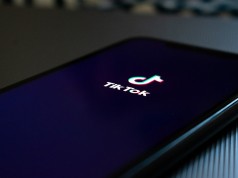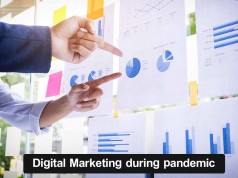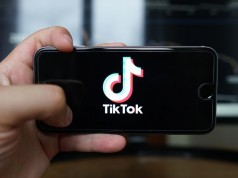Remote work and digital transformation plans everything into warp speed and marketers are along for the ride. As digital media becomes the primary communication for most organizations, digital literacy is more important than ever before. It is also known as media literacy, which has increased steadily for decades. In the context of marketing progressions, internet-based communications repeatedly demonstrate the advantage held by media-literate brands.
What is Digital Literacy?
We’re entering a new digital chapter at an unprecedented pace; marketers need to make it a priority. Digital literacy for marketers is using technology to create content, and identifies what creator’s motivations are:
- How to create a post?
- How to find other people’s posts?
- The ways posts are prioritized by the Facebook algorithm
The Various Reasons why someone might post:
- Connect with friends and family.
- Make political statements.
- Sell a product
Digital literacy Gaps Affect Messaging
Marketers are working to address this and parents and schools are increasingly seeking out digital literacy education. Computer skills classes now go beyond spreadsheets to include topics like protecting private information online. Until it is more widespread, marketers have to meet their audience where they are. Several government entities have experienced this, while others are working to find the best ways to share information.
Mis-Information is Putting on the Pressure
Mis-information is putting on the pressure and so has journalism, which is why it matters for marketers. Moreover, marketing has moved online and major news outlets have social media pages, with government entities following suit. Also, these developments, along with other tends, have serious implications for marketers. For instance, an informational article on their website is part of a sales funnel, and readers may have trouble spotting the differences.
Even Marketers Have to Keep Learning
Consumers aren’t alone in the ongoing effort towards media literacy; marketers are right there with digital literacy. Moreover, with fake news appearing in everyone’s feeds today, we all have our work cut out when it comes to staying informed. Platforms and messaging fall out of fashion, and results can dip if an effort isn’t made to stay on top. Of changes in the social space, for example, TikTok, couldn’t outpace Musical.ly, in the US.
Increasing Digital Literacy
In particular, one of the best ways to understand digital tools is to use them which reveals how the competition presents itself on a platform. Seeing things from a customer’s perspective works and marketers benefit from using the platforms they work in. So, organizations hire native users to leverage their digital literacy; staying on top of media trends. This way keeps marketers at the forefront of customer interest, and what’s on customer’s minds.
Adapting in the Age of Digital Literacy
Marketers have always had to be creative; marketing in the digital age means transferring those skills to the technology available today. So, digital literacy matters for marketers. It doesn’t have to be difficult to learn a little more about tweaking. Use that creativity to fit modern marketing, try checking out how to boost posts, attract followers, and work with influencers.









